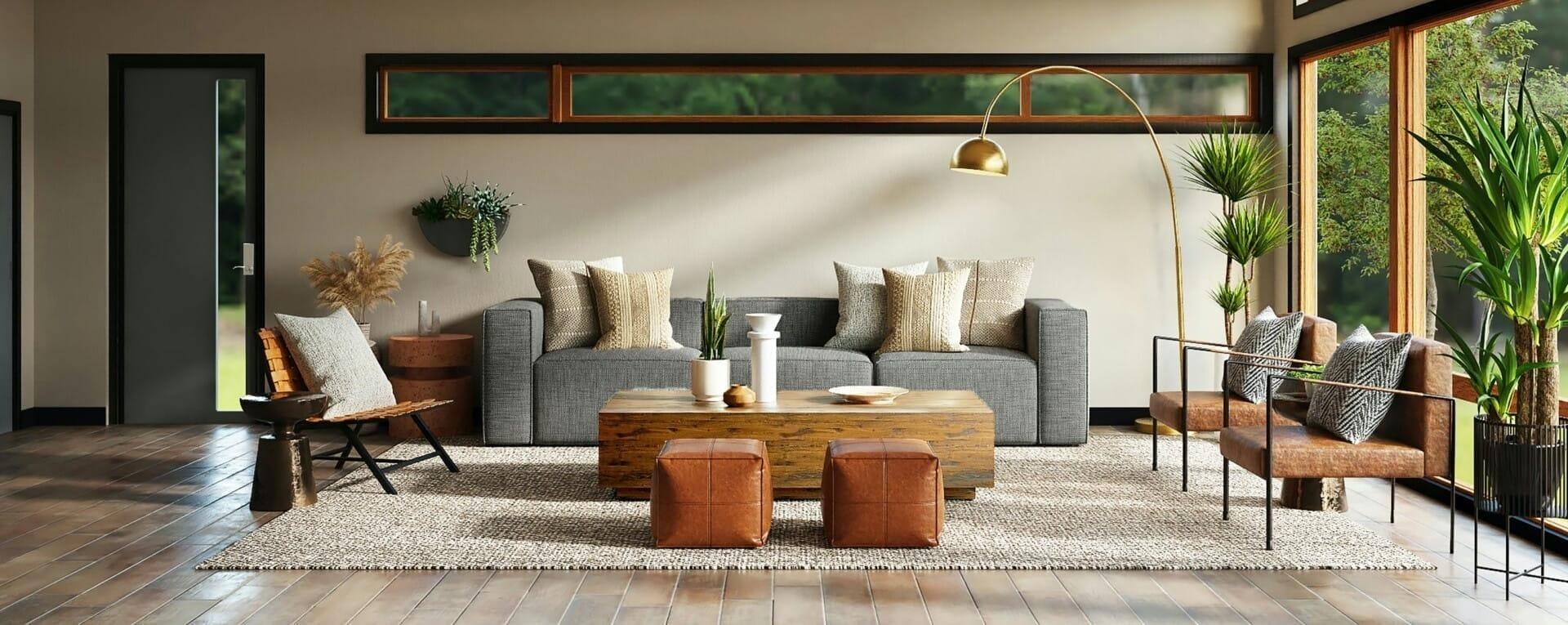In recent years, the landscape of home construction in Malaysia has been evolving faster than ever, and if there’s one trend that’s making waves, it’s the rise of design-build firms. Picture this: a single team handling everything from the dreamy initial sketches to the final nail being hammered in. It’s like having a one-stop shop for all your home-building needs! No more juggling between different contractors or playing the blame game when things go wrong. As we dive into this article, we’ll explore why design-build firms are not just a passing fad but a modern solution perfectly suited for the Malaysian market. From efficiency to creativity, we’ll uncover the reasons why these firms might just hold the key to a smoother, more enjoyable home construction experience. So, let’s get started and see what the future holds for building homes in our vibrant country!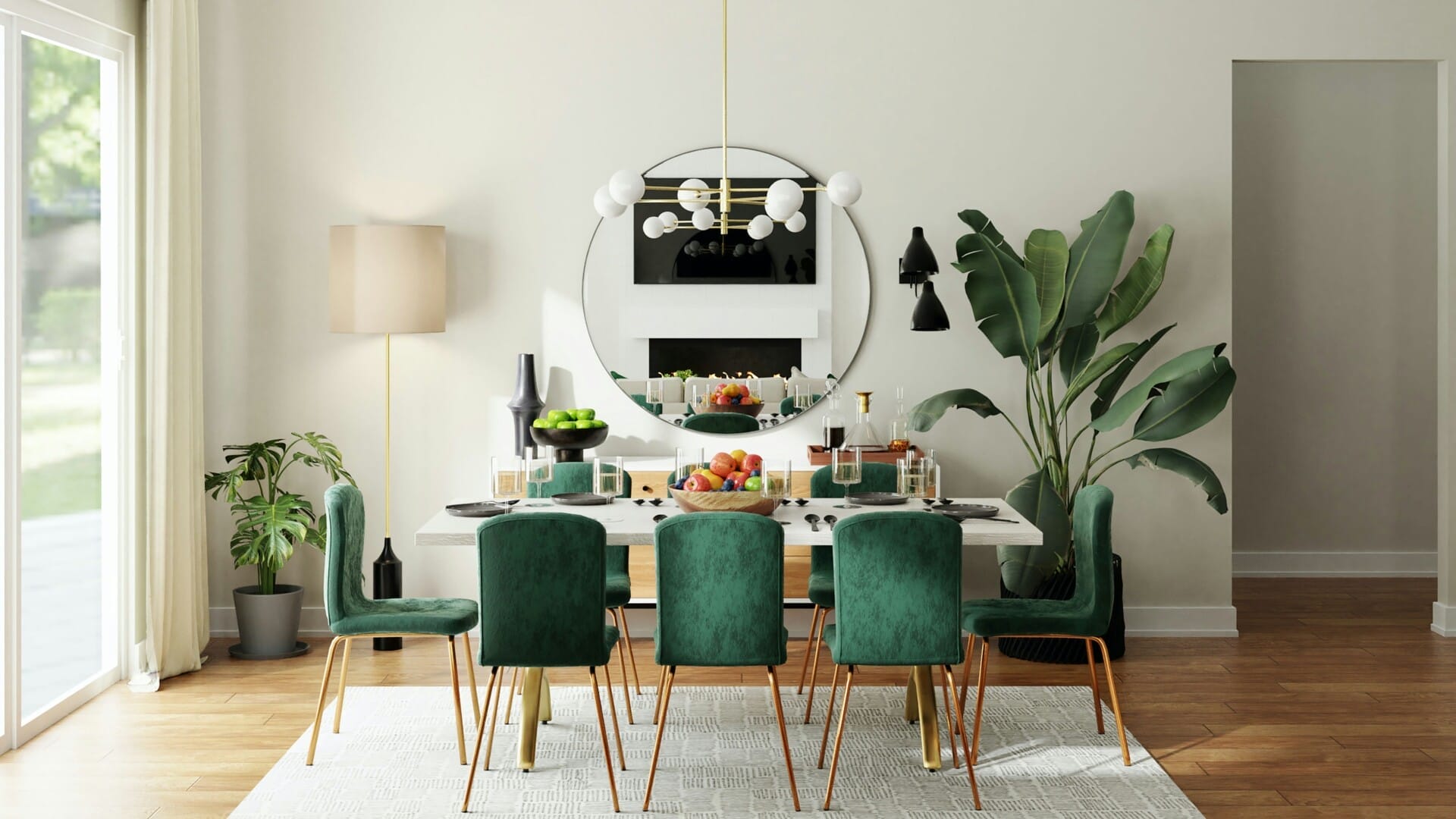
The Rising Demand for Integrated Construction Solutions
The construction landscape in Malaysia is evolving rapidly, and more people are recognizing the benefits of a streamlined approach. Integrated construction solutions allow for a cohesive collaboration between design and build teams, improving communication and efficiency. This approach minimizes misunderstandings, reduces project delays, and creates a smoother path from concept to completion. With an ever-increasing focus on sustainability and innovation, design-build firms are perfectly positioned to lead the charge.
One of the standout advantages of these integrated solutions is the potential for cost savings. By bringing together architects, engineers, and contractors from the start, clients can expect to see significant budget optimization. A well-defined process can help eliminate unnecessary expenses and allows for more accurate project forecasting. Plus, when the team is working together from day one, they can identify potential roadblocks early on and strategize ways to avoid them, ensuring timelines are met without compromising quality.
To better illustrate the advantages, consider the following comparison of traditional construction versus integrated solutions:
| Aspect | Traditional Construction | Integrated Solutions |
|---|---|---|
| Communication | Segmented | Seamless |
| Timeframes | Extended | Reduced |
| Budget Control | Challenging | Streamlined |
| Sustainability | Reactive | Proactive |
As urbanization continues to surge in Malaysia, the demand for homes that are not just structurally sound, but also aesthetically pleasing and environmentally friendly is on the rise. This is where integrated design-build firms truly shine, offering a holistic view that benefits clients, contractors, and the environment alike. By embracing this collaborative approach, Malaysia can usher in a new era of home construction, one that prioritizes innovation and efficiency while meeting the evolving needs of its population.
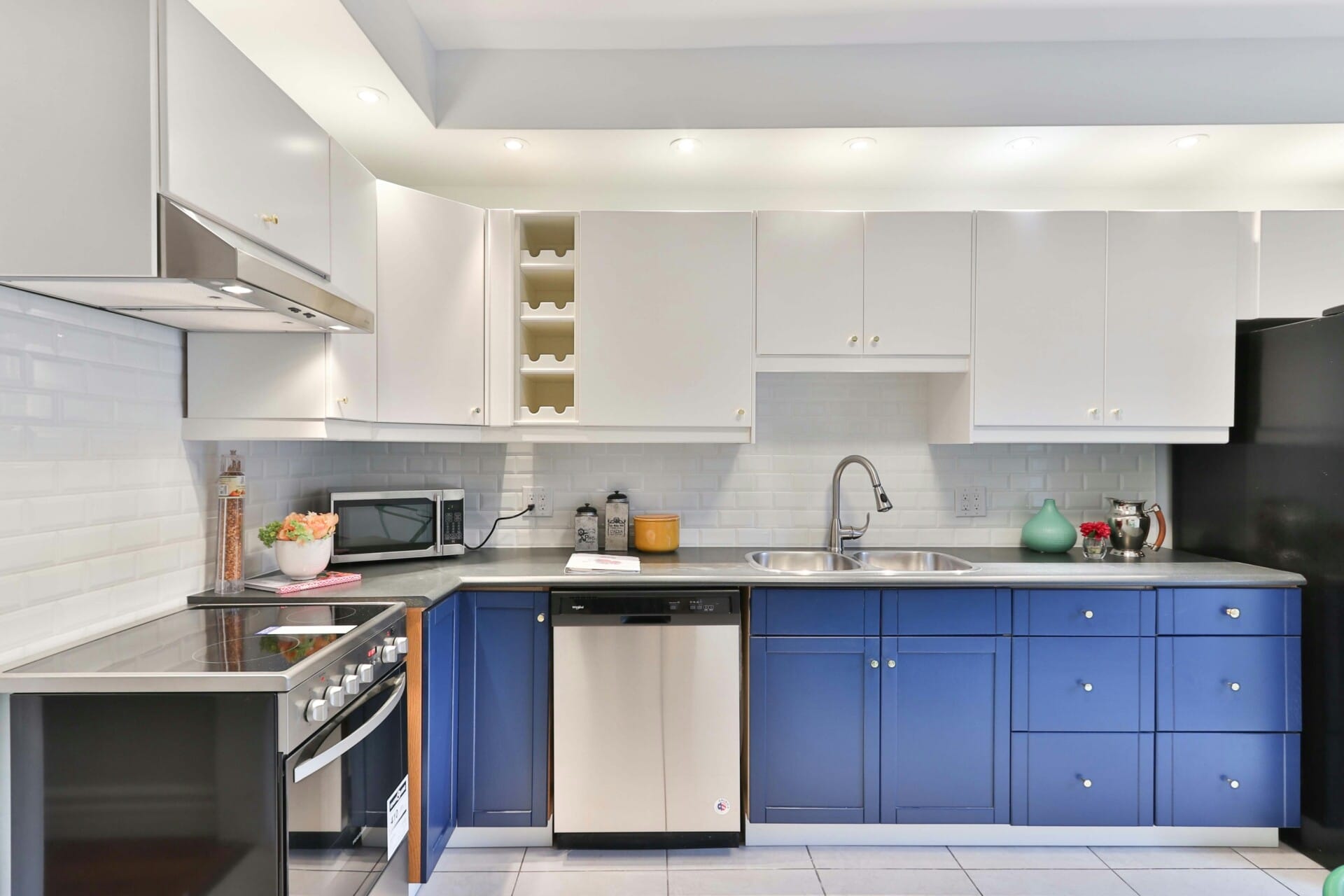
Streamlining Project Management Through Collaboration
Effective project management in home construction is no longer just about timelines and budgets; it’s deeply rooted in the power of teamwork. Design-build firms excel in fostering collaboration, integrating architects, engineers, and contractors into one unified team. This approach reduces misunderstandings and streamlines decision-making processes, which is essential for meeting the dynamic nature of the Malaysian construction market.
One of the primary benefits of this harmonious collaboration is the ability to address challenges in real-time. With all stakeholders on the same page, issues can be resolved quickly without the traditional delays that occur when communication is fragmented. This leads to notable advantages such as:
- Faster project delivery – Timely completion due to quick decision-making.
- Cost efficiency – Minimized waste and rework through thorough planning.
- Improved quality – Continual collaboration helps in maintaining high standards.
To further illustrate the enhanced efficiency from this collaborative approach, consider the following table showcasing project timelines from design-build versus traditional construction methods:
| Method | Avg. Project Duration | Cost Overruns (%) |
|---|---|---|
| Design-Build | 6-12 months | 5% |
| Traditional | 12-24 months | 15% |
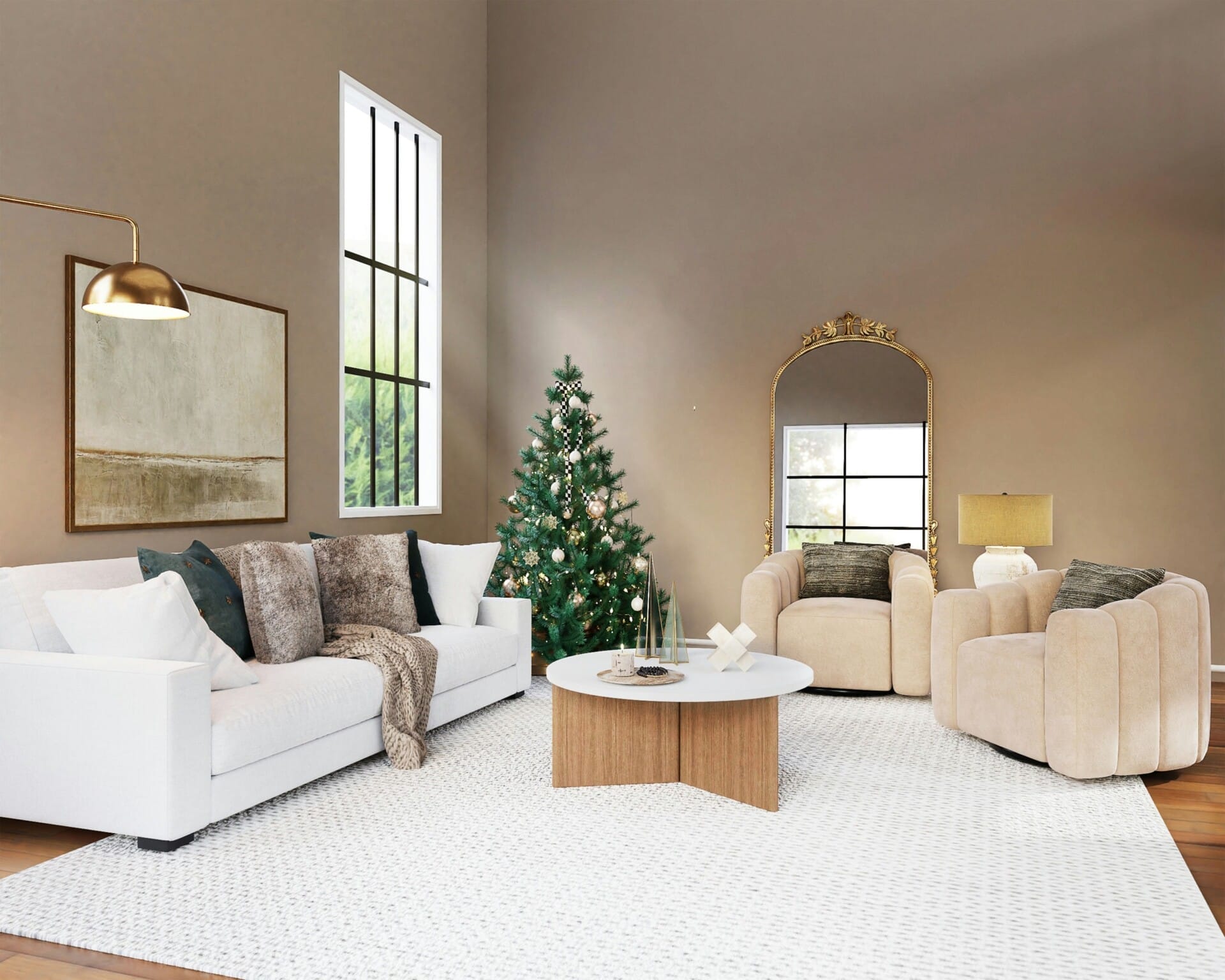
Enhancing Cost Efficiency in Home Construction
Building a home is a significant investment, and every ringgit counts. Design-build firms in Malaysia offer a unique approach that can drastically cut costs while ensuring quality isn’t compromised. By integrating design and construction, these firms enable better budgeting and resource management from the outset. This leads to fewer surprises, as potential overruns are taken into account during the planning stages rather than at the tail end of construction.
Another way these firms help save costs is through their established relationships with suppliers and subcontractors. A design-build team’s ability to source materials efficiently can lead to substantial savings. Instead of relying on separate contractors and designers, the unified structure of a design-build firm fosters collaboration. This means they can negotiate better prices due to bulk buying and leverage their networks for skilled labor, which ultimately results in cost-effective home construction.
Moreover, the streamlined processes managed by design-build firms can significantly reduce project timelines. With both design and construction teams working in tandem, there’s less chance of miscommunication and delays, which often add extra costs. Homes can be completed quicker without sacrificing quality, allowing homeowners to move in sooner. Here’s how the timeline of projects typically compares:
| Construction Method | Average Completion Time | Cost Overruns |
|---|---|---|
| Traditional Method | 6-12 Months | 30%+ |
| Design-Build | 4-8 Months | 10%-15% |
This shows how embracing a design-build approach can lead to both time and financial savings. By choosing this method, homeowners not only enhance their cost efficiency but also invest in a structure that truly reflects their vision, built with expert hands working in harmony.
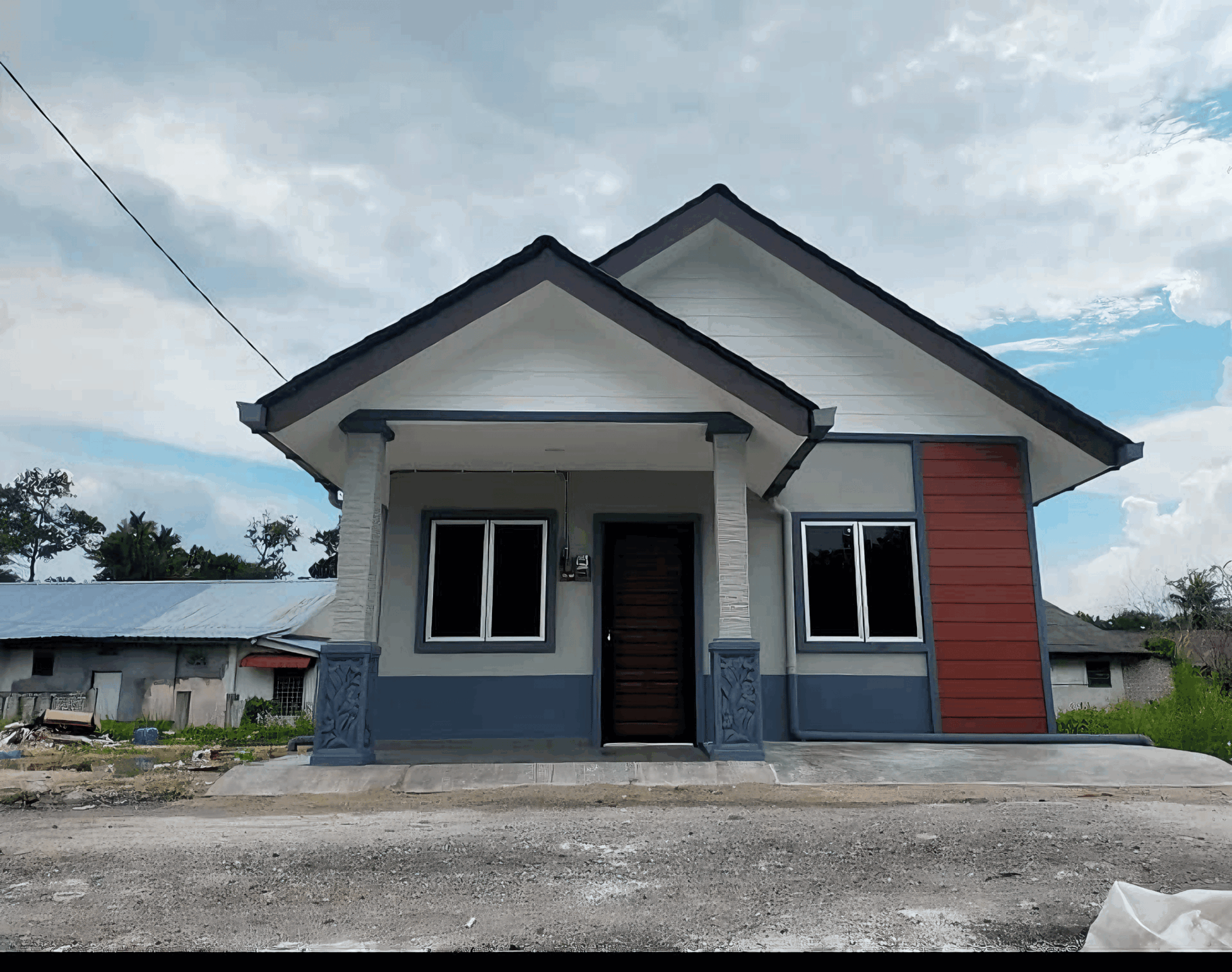
Leveraging Technology for Innovative Design
When it comes to the construction of homes, the integration of technology is reshaping every aspect of the design process. Design-build firms in Malaysia are harnessing state-of-the-art software and advanced tools to create dynamic visuals, enabling clients to visualize their future homes before any physical work begins. This not only enhances collaboration but also streamlines decision-making. Through technologies like Building Information Modeling (BIM), firms can simulate the entire construction flow, leading to more accurate budgeting and timelines.
Furthermore, the use of virtual and augmented reality is revolutionizing client engagement. Imagine walking through a digital replica of your future home while still at the designing stage! This immersive experience allows clients to provide real-time feedback, ensuring their preferences are met right from the get-go. From adjusting layouts to experimenting with finishes, the design possibilities are endless and highly interactive, implying greater satisfaction with the final product.
| Technology | Benefits for Home Design |
|---|---|
| Building Information Modeling (BIM) | Enhanced project coordination and efficiency |
| Virtual Reality (VR) | Immersive visualization for better decision-making |
| 3D Printing | Rapid prototyping and unique custom designs |
| IoT Devices | Smart home features designed from the outset |
The benefits extend beyond just aesthetics and functionality. Leveraging technology allows design-build firms to address sustainability by incorporating energy-efficient designs and materials right from the initial concept. By analyzing data on energy consumption and environmental impact, these firms are more adept at creating homes that not only fit the modern lifestyle but also prioritize the well-being of our planet. This innovative mindset reflects a growing trend in the industry, with Malaysians increasingly looking for homes that are not just beautiful, but also sustainable and responsible.
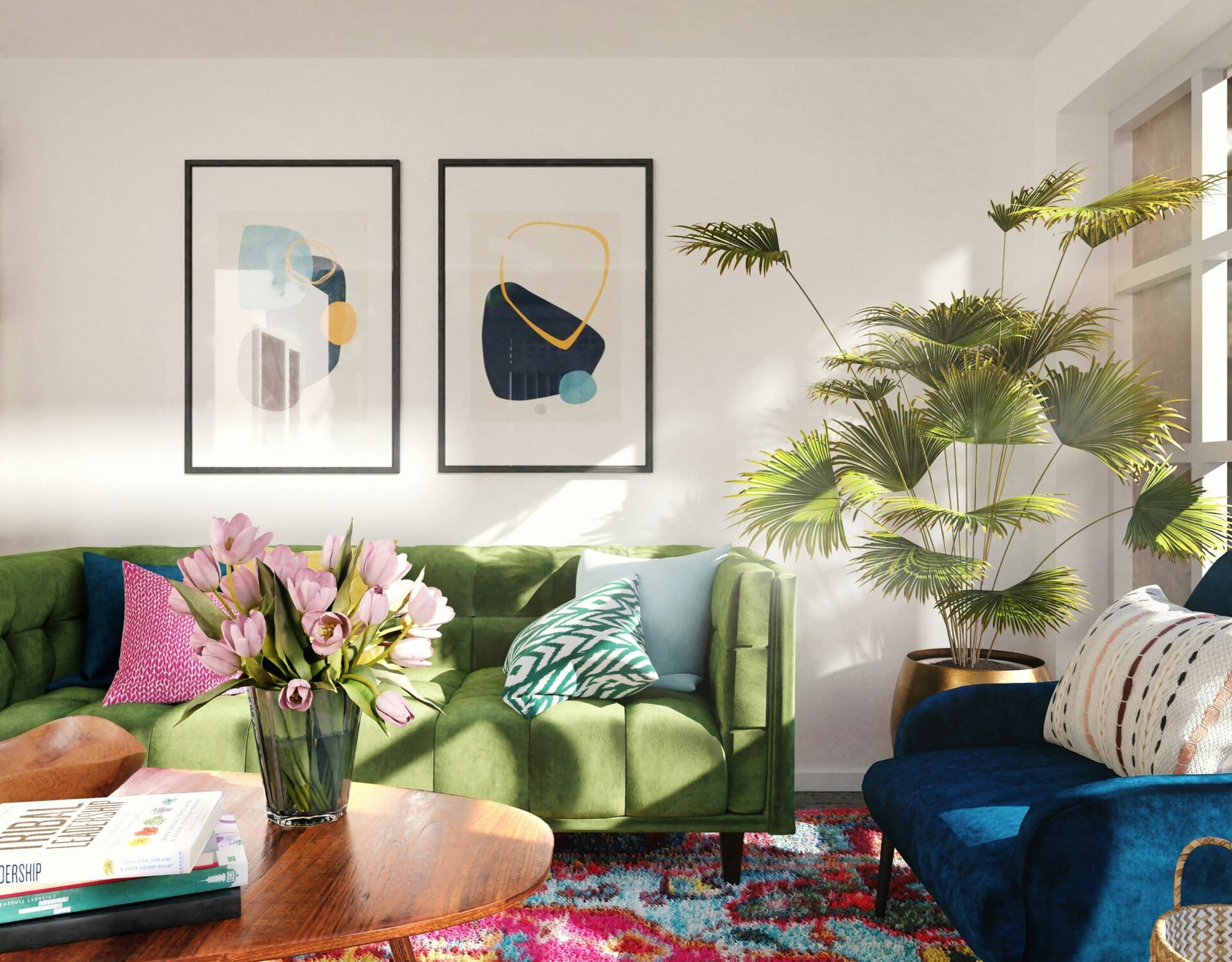
Sustainable Practices and Eco-Friendly Building Solutions
Sustainable practices are becoming the backbone of modern construction, particularly in the Malaysian home-building landscape. Design-build firms are uniquely positioned to integrate these environmentally friendly solutions seamlessly into their projects. This approach allows for a holistic view of the construction process, encouraging the use of renewable resources, energy-efficient systems, and sustainable materials that minimize the carbon footprint. By minimizing waste and selecting eco-friendly materials, these firms not only contribute to a healthier environment but also lower long-term maintenance costs for homeowners.
One of the standout features of this movement is the use of green building certifications such as the Green Building Index (GBI). These certifications guide construction practices and promote sustainable techniques that resonate with eco-conscious homeowners. Some key practices that design-build firms often adopt include:
- Utilizing solar panel installations for generating clean energy.
- Implementing rainwater harvesting systems to conserve water.
- Incorporating high-performance insulation to enhance energy efficiency.
Moreover, advanced technologies are helping to make eco-friendly building solutions both innovative and accessible. For instance, the use of 3D modeling and Building Information Modeling (BIM) allows design-build firms to visualize projects and optimize resource utilization before construction begins. To illustrate the importance of these practices, consider the table below outlining the comparative benefits of traditional versus sustainable building methods:
| Aspect | Traditional Building | Sustainable Building |
|---|---|---|
| Energy Consumption | High | Low |
| Material Waste | Significant | Minimal |
| Long-term Costs | Higher | Lower |
With the increasing emphasis on environmental sustainability, it’s clear that design-build firms in Malaysia are leading the charge towards a greener future, making eco-friendly building solutions not just an option, but a necessity in modern home construction.
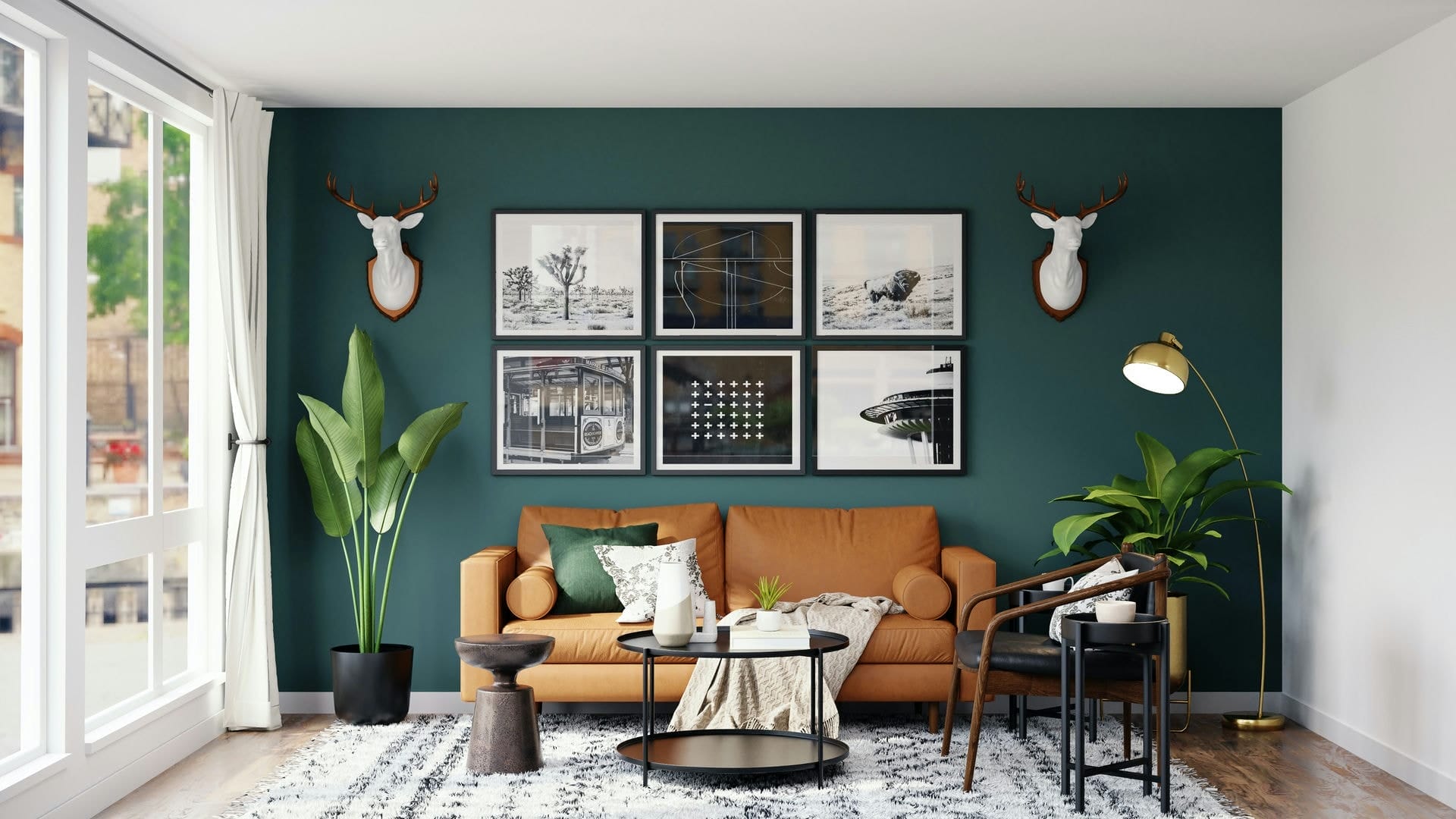
Improving Communication Between Stakeholders
Within the realm of home construction, the need for clear and effective communication among all parties involved is essential. Design-build firms in Malaysia embrace a seamless approach that integrates design and construction into one cohesive process. By having architects, engineers, and builders work collaboratively from the onset, misunderstandings and misinterpretations can be significantly reduced. This unified structure enables stakeholders to share their visions and expectations more openly, fostering a mutual understanding that ultimately leads to better project outcomes.
One of the standout features of design-build firms is their use of modern communication tools, which can enhance collaboration. Here are some tools that can boost interaction among stakeholders:
- Collaboration Software: Platforms such as Slack or Microsoft Teams facilitate real-time discussions.
- Project Management Apps: Tools like Trello or Asana help keep everyone on the same page by tracking project progress.
- Video Conferencing: Zoom or Google Meet makes it easier to conduct meetings and make quick decisions, no matter where team members are located.
Moreover, transparency is at the heart of this approach, which leads to fervent trust among stakeholders. By sharing regular updates and involving clients in critical decision-making processes, design-build firms not only keep everyone informed but also help clients feel more invested in their projects. This results in more engaging discussions, reducing the likelihood of conflicts and enhancing satisfaction with the final outcome. The improved synergy between all parties truly sets the foundation for successful home construction projects.
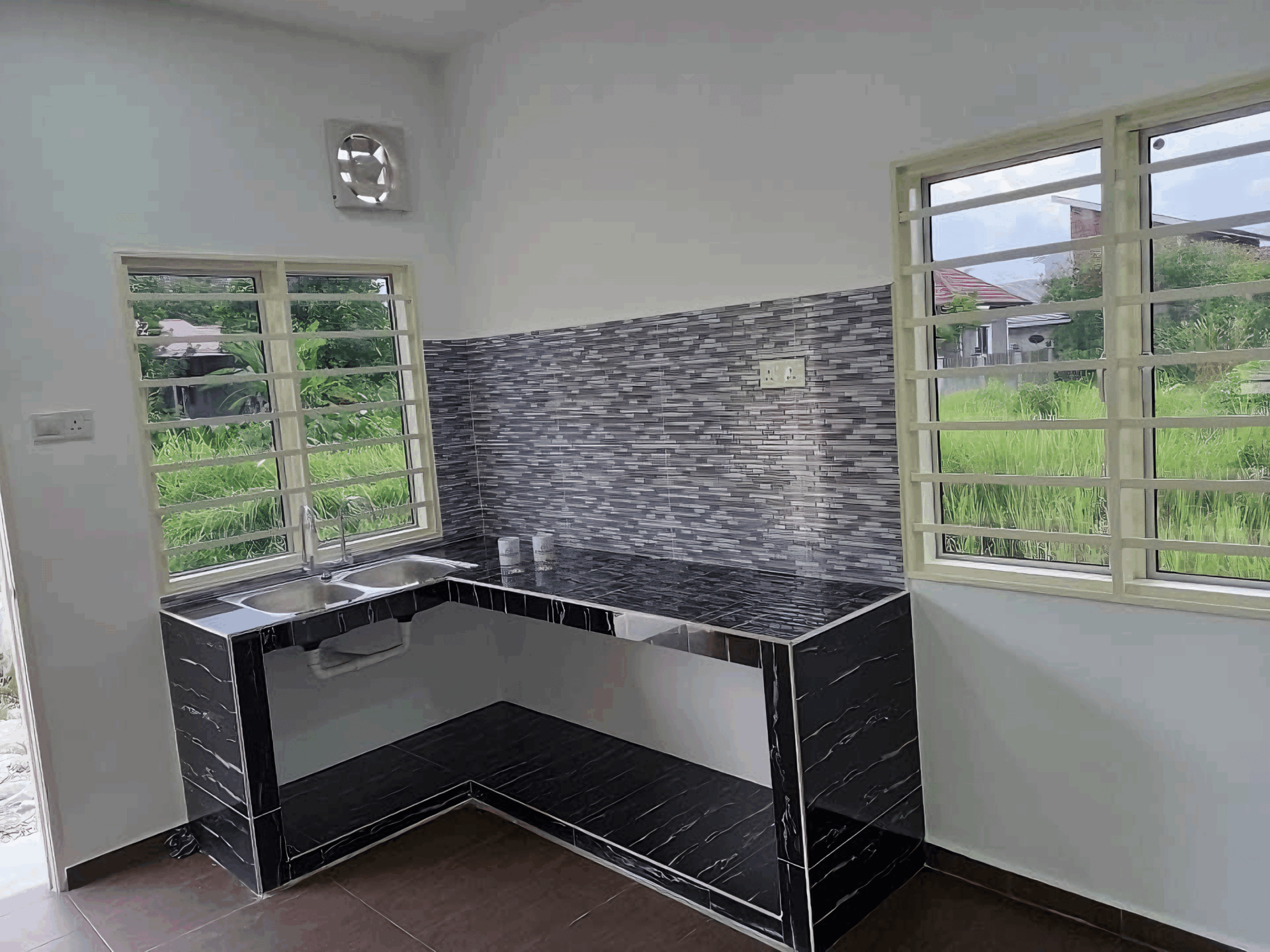
Navigating Regulatory Challenges in the Malaysian Market
Navigating the intricate web of regulations within the Malaysian market can often feel like trying to solve a complex puzzle. For design-build firms, understanding local building codes, zoning laws, and safety regulations is essential to ensuring project success. The government has established various guidelines to streamline construction processes, yet these can vary significantly from one state to another, making local expertise crucial. By collaborating with licensed local professionals, design-build firms can pave a smoother path through the regulatory landscape.
Moreover, compliance with environmental regulations is becoming increasingly important as Malaysia embraces sustainability in construction. Design-build firms who prioritize green practices not only enhance their reputation but also minimize potential legal hurdles. Key regulatory elements to consider include:
- Energy efficiency standards
- Waste management protocols
- Environmental Impact Assessments (EIA)
With the rise of smart technologies, the regulatory environment is also evolving. Design-build firms need to stay ahead of emerging regulations that govern advanced construction methods and materials. By being proactive in researching new policies, participating in industry forums, and investing in ongoing training, these firms can further solidify their position as leaders in the Malaysian construction sector. Here’s a simple table highlighting key regulatory aspects:
| Regulatory Aspect | Importance |
|---|---|
| Building Codes | Ensures safety and durability |
| Zoning Laws | Regulates land use and development |
| Environmental Regulations | Promotes sustainability and compliance |
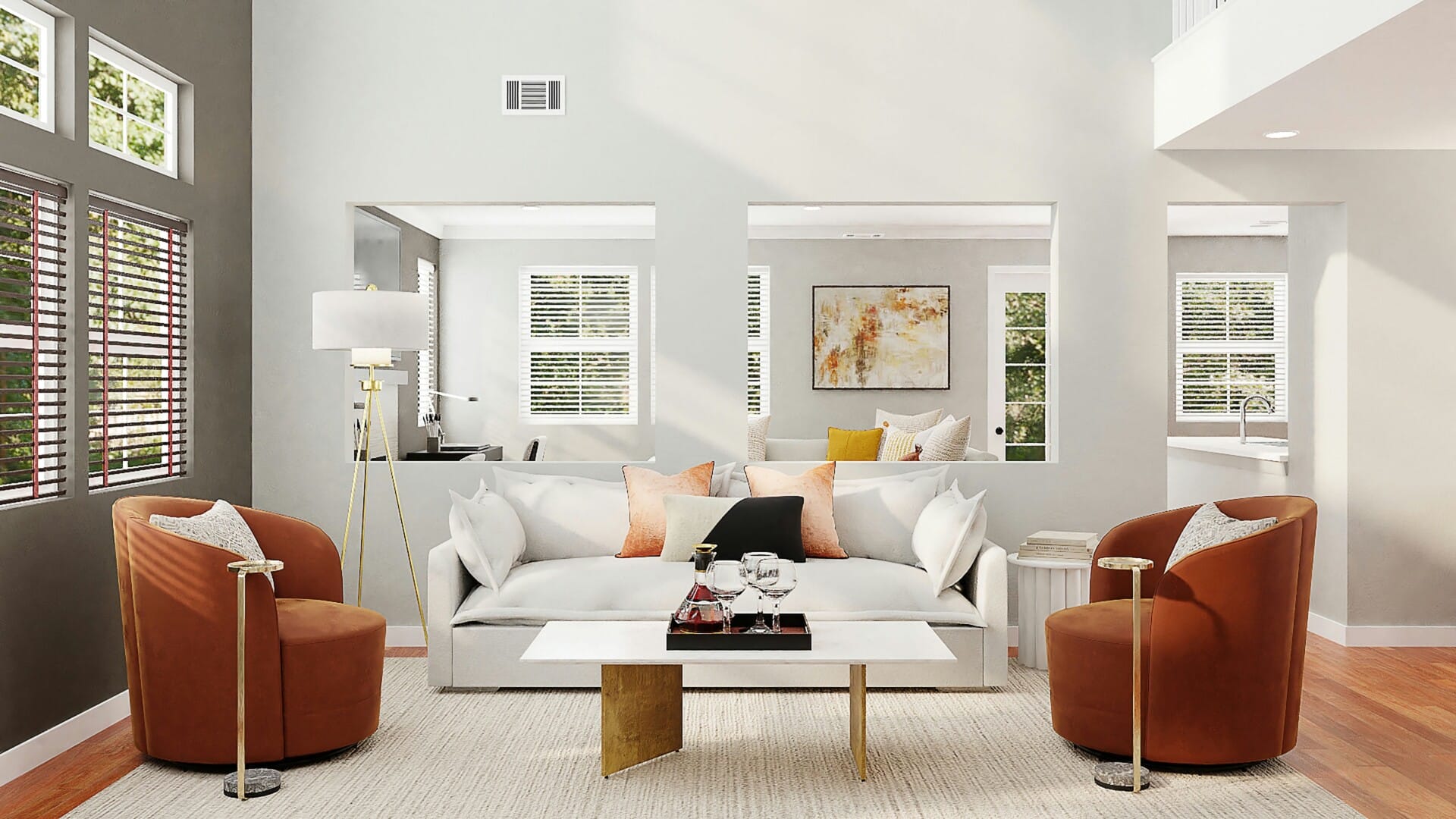
Future-Proofing Homes with Versatile Design-Build Approaches
In the ever-evolving landscape of home construction, design-build approaches offer remarkable adaptability that can meet the future needs of homeowners in Malaysia. By bringing together architects, builders, and clients under a single umbrella, these firms foster a collaborative environment that encourages innovative problem-solving. This streamlined process not only speeds up construction times but also allows for more personalized and responsive design features that can accommodate changing lifestyles and family dynamics.
One of the key benefits of versatile design-build practices is their focus on sustainability and smart technology integration. Homeowners can now consider options like:
- Energy-efficient materials: Prioritize eco-friendly building supplies that reduce energy costs.
- Smart home technology: Incorporate systems for lighting, security, and temperature control that can be easily upgraded as technology advances.
- Flexible spaces: Design adaptable rooms that can transition from a home office to a guest bedroom as the family needs change.
Moreover, these versatile approaches allow for greater resilience against unpredictable future scenarios, such as population growth or evolving environmental standards. By employing modular construction techniques, design-build firms can create adaptable structures with:
| Feature | Advantage |
|---|---|
| Expandable designs | Facilitates future additions without extensive renovations. |
| Durable materials | Ensures long-term performance against weather challenges. |
| Multi-functional layouts | Encourages efficient use of space for various activities. |
In Retrospect
As we wrap up our journey through the world of design-build firms in Malaysia, it’s clear that these innovative teams are not just a passing trend—they’re paving the way for the future of home construction. By bringing together the design and construction processes under one roof, they’re streamlining projects and making life easier for homeowners.
Imagine a construction experience where communication is seamless and timelines are adhered to, all while keeping costs in check! That’s the reality design-build firms are creating. Plus, their ability to embrace local styles and preferences means that your dream home can truly reflect what it means to live in Malaysia.
So, whether you’re planning to build your forever home, a cozy getaway, or even a space that stands out in the vibrant community around you, consider the design-build approach. It’s not just about constructing buildings; it’s about crafting homes where memories will be made for years to come. Here’s to a bright and exciting future in construction, one that puts you and your vision at the heart of the process! Looking forward to seeing more Malaysians enjoying the benefits of this progressive approach. Cheers!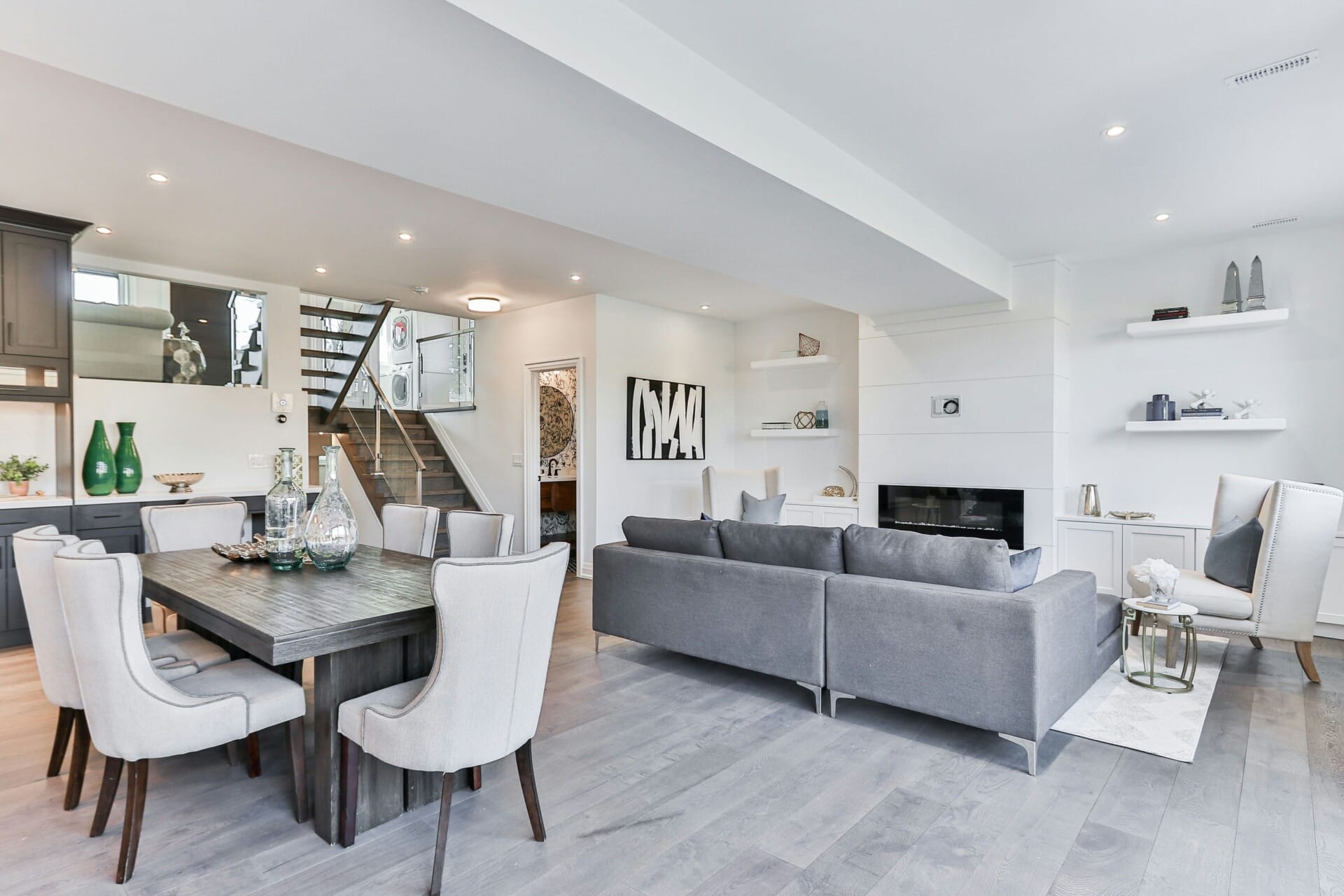
Source link
kontraktor rumah
bina rumah
pinjaman lppsa
pengeluaran kwsp
spesifikasi rumah
rumah batu-bata
pelan rumah
rekabentuk rumah
bina rumah atas tanah sendiri
kontraktor rumah selangor
rumah banglo
